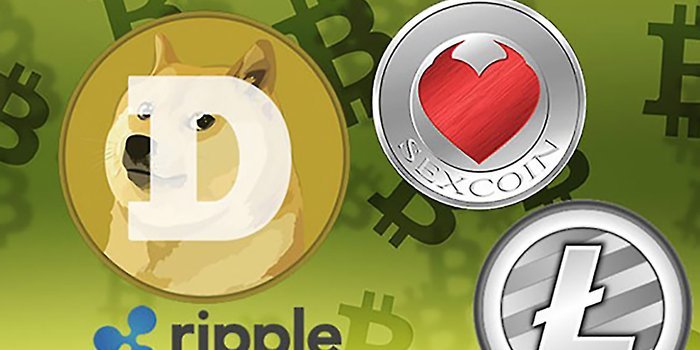
If you have been paying attention to the fintech space over the past few months, then you have likely heard the term “ICO” thrown around time and again. To date, blockchain startups have raised over $3.5 billion via this emerging fundraising channel. But what are they? And why should we care about them?
At a high level, an Initial Coin Offering ("ICO") is a “fundraising mechanism in which new projects sell their underlying crypto tokens in exchange for early capital.” Often compared to the more mainstream Initial Public Offering (IPO), ICOs democratize the fundraising process, serving as a crowdfunding instrument that can be levered at scale. While a relatively new phenomenon, these token sales are quickly gaining momentum, empowering a global pool of investors to fund the next generation of companies.
The biggest problem with ICOs, as they gain public attention, is that they are unregulated. There are few barriers to entry for anyone wishing to create a white paper, design a simple landing page and start collecting funds via a digital wallet. There are a number of fraudulent "entrepreneurs" who are abusing the system. As a result, it can be extremely challenging, as an investor, to pick the needles out of the looming haystack.
There is, however, tons of opportunity for ICOs to fund ambitious projects that will foundationally change our evolving economy. Here are five signals to look for before you invest in any ICO.
1. Analyze the team and their background.
Companies that are serious about doing a token offering will have no concerns about publicizing their true identities. It is often an extremely worrying indication if a project does not show detailed information about their founding team, investors and advisors. Chances are, if the company is hiding something from you, they are more than likely covering up something bad.
On the contrary, projects like UbiquiCoin, a "two-coin" price-stable blockchain ecosystem is transparent with the details of their founding story and team. They can demonstrate years of expertise in and around their domain. In the case of UbiquiCoin, this experiences translates to over 100 years of collective experience. This not only establishes legitimacy, but also serves as a differentiating factor and competitive advantage long term.
2. Find an active and thriving community.
Another essential component of any genuine blockchain project is the quality of the community. In a competitive crowdfunding environment, companies need to not only understand their customers, but also cultivate a strong and active presence among them.
The most successful coin offerings host extremely active forums, events and blogs such that the community has a voice in the decision making of the company. You can also leverage these communication channels to ask questions, connect with other interested investors and learn more technical details about the project. It is generally a bad sign for blockchain projects when their community is quiet and vacant.
3. Look for social proof and validation.
Though not everything, it is generally helpful to see when companies have some sort of social proof of user validation. Companies like Cointal, a leading peer-to-peer cryptocurrency marketplace, who have thousands of active users, will publish reviews and press pieces that demonstrate the quality of their product. Their unity service, which enables users to swap currencies instantaneously using everything from credits cards to ACH transfers, has already received a ton of attention from the space.
In the last two months, over $15 million in trading volume has been processed by Cointal, providing more social proof. This is a positive signal that the team has been able to gain support from the broader blockchain community.
4. Find a product roadmap and technical details.
While any creative designer can come up with some ideas and develop a fancy landing page, it takes a true technologist to actually scope out a technical roadmap for a product. Most, if not all projects will have a publically accessible whitepaper that details exactly how and when they will build the product.
In reading this implementation plan, you should be able to pick out when projects make unrealistic claims about the feasibility of their roadmap. Further, if the plan lacks any technical grounding or specific feature-sets, chances are the team is way too early stage in the process to be collecting any form of significant funding in the first place. Another area to benchmark against and check for progress is the codebase of the blockchain project. At the minimum, you want to see that the team has begun to set up repositories to store their code. And if empty, it may be an extremely worrying sign.
5. Do your own independent research.
As an informed investor, it is your responsibility to conduct thorough, independent research before making any investment of capital. In today’s society, where everyone and their family members are pretending to be certified experts, it can be extremely difficult to understand who to trust.
The short answer is that you should always make decisions on your own, filtering out the noise of marketers and salespeople who want you to support their personal interests. Pay attention to implicit biases from writers and creators who have their own hidden agendas. It is very easy to fall for a scam when you do not know what you are looking for, so always approach any offering with a keen eye.
Hi! I am a robot. I just upvoted you! I found similar content that readers might be interested in:
https://www.entrepreneur.com/article/306563